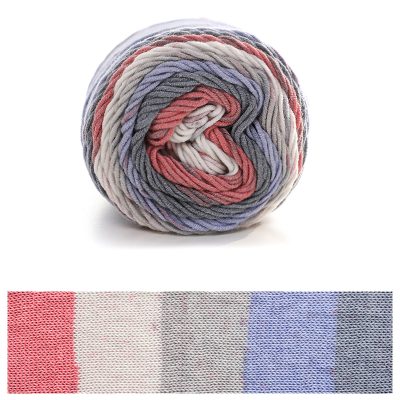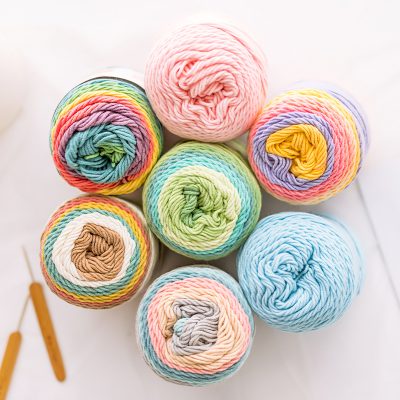The journey of jute yarn from plant to product involves several stages of cultivation, processing, and manufacturing. Here’s a step-by-step overview of the process:
1. Cultivation and Harvesting:
- Jute is primarily grown in the tropical regions of India, Bangladesh, and a few other countries. It thrives in warm and humid climates with well-drained soils.
- Jute plants are usually sown between March and May and harvested after 4-6 months when they reach maturity and start flowering.
- Harvesting involves cutting the jute plants at the base, leaving the roots in the ground for the next crop.
2. Retting:
- After harvesting, the jute stalks are bundled and immersed in water, typically in ponds or slow-flowing river water.
- This process, known as retting, allows the natural microorganisms in the water to break down the non-fibrous material surrounding the jute fibers.
- The retting period varies depending on factors like water temperature and quality, but it generally takes a few weeks.
- Once retting is complete, the fibers are separated from the non-fibrous material through a process called stripping.
3. Drying:
- The stripped jute fibers are spread out in the sun to dry. This process helps remove excess moisture and prepares the fibers for further processing.
4. Fiber Extraction:
- After drying, the jute fibers are mechanically extracted from the jute stalks. This process involves crushing the dried stalks to separate the fibers from the woody core.
- The extracted fibers are then bundled into batches for further processing.
5. Spinning:
- Jute fibers are spun into yarn using spinning frames. This is the stage where jute fibers are transformed into jute yarn.
- The spinning process creates continuous strands of jute yarn, which can vary in thickness and quality based on the intended use.
6. Weaving or Braiding:
- Jute yarn can be woven into various fabrics or used for braiding, depending on the intended product. For example, jute fabrics are used in bags, textiles, and rugs, while braided jute yarn can be used for crafts and decorative items.
7. Dyeing and Finishing:
- If colored jute yarn is required for a particular product, it can be dyed using eco-friendly dyes.
- After dyeing, the jute yarn may undergo finishing processes to enhance its texture, appearance, or durability.
8. Manufacturing:
- Jute yarn is incorporated into various products through manufacturing processes. These products include jute bags, rugs, home decor items, fashion accessories, and more.
- Skilled artisans or automated machinery are employed in the manufacturing stage, depending on the scale and complexity of production.
9. Quality Control and Inspection:
- Throughout the production process, quality control measures are taken to ensure that the final products meet the desired standards for strength, appearance, and environmental sustainability.
10. Packaging and Distribution:
- Once the jute products are ready, they are packaged and prepared for distribution to wholesalers, retailers, or directly to consumers.
The journey of jute yarn from plant to product highlights the sustainable and eco-friendly aspects of this natural fiber, as well as its importance in various industries, including textiles, crafts, and home decor. It also underscores the role of skilled artisans, modern technology, and responsible agricultural practices in the production of jute-based products.
























